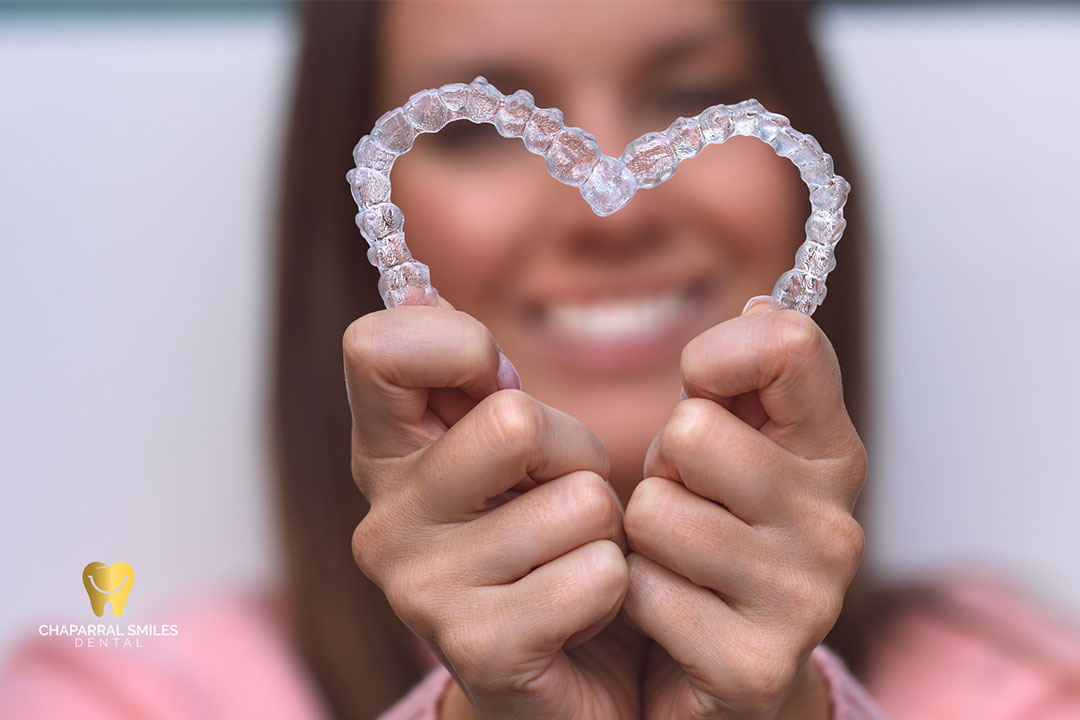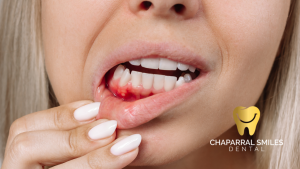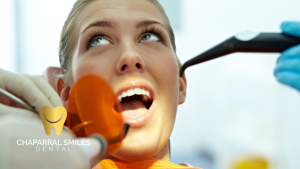Braces have long been the standard for straightening teeth, but advancements in orthodontics have introduced options like Invisalign that offer distinct benefits. If you’re considering orthodontic treatment, understanding the differences between traditional braces and Invisalign can help you make an informed choice for your smile. With factors such as appearance, comfort, and care, you’ll want to explore how these two methods compare to find the best fit for your lifestyle and goals.
Key Takeaways:
- Appearance: Invisalign aligners are virtually invisible, making them a discreet choice compared to traditional braces with visible metal brackets and wires.
- Comfort: Invisalign aligners are made from smooth plastic, reducing irritation to the gums and cheeks, unlike metal braces, which can cause discomfort.
- Removability: Invisalign aligners can be easily removed for eating, brushing, and flossing, allowing for better oral hygiene compared to fixed braces.
Understanding Invisalign
The world of orthodontics offers various treatments, and one of the most innovative options is Invisalign. This clear aligner system utilizes advanced technology to straighten your teeth effectively while maintaining a discreet appearance. By choosing Invisalign, you can experience a comfortable fit and increased convenience compared to traditional metal braces. You can determine if Invisalign is the right choice for you by consulting with an orthodontist.
What is Invisalign?
What sets Invisalign apart from traditional braces is its use of a series of clear, custom-made aligners that gradually shift your teeth into the desired position. Made from durable plastic, these aligners are nearly invisible, making them a popular choice for those seeking a more aesthetic treatment option. It’s important to evaluate your specific dental needs before committing to this treatment.
How Invisalign Works
Along with the comfort and aesthetics, Invisalign works by utilizing a series of aligners that you wear for 20 to 22 hours each day. Your orthodontist regularly assesses the progress of each set, which gradually moves your teeth. This method allows for a more flexible lifestyle without the dietary restrictions associated with traditional braces. You should ensure that you adhere to the recommended wear time for optimal results.
Additionally, your orthodontist develops a personalized treatment plan that enhances the effectiveness of Invisalign. At the beginning of your journey, 3D imaging technology creates a precise map of your teeth, allowing the creation of your aligners tailored to your specific needs. As you transition through each set of aligners approximately every two weeks, you’ll notice gradual changes in your smile. Maintaining commitment to the plan and schedule is crucial for achieving the best results.
Traditional Braces
While traditional braces have been a go-to solution for correcting misalignments in teeth for decades, they differ significantly from newer options like Invisalign. Wires securely bond these metal or ceramic brackets to your teeth, continuously shifting your teeth into the correct position. If you are considering orthodontic treatment, you may want to explore Invisalign vs Braces: How to Know What Is Best for You.
What are Traditional Braces?
Along with being a widely-known orthodontic tool, traditional braces consist of brackets, wires, and elastic bands that work together to straighten your teeth over time. These components apply consistent pressure on your teeth, gradually moving them into alignment (choosing between traditional braces and other options will depend on your specific dental needs).
Mechanics of Traditional Braces
At the core of traditional braces’ effectiveness is their unique mechanism. Your orthodontist typically adjusts the braces every few weeks, which can impact your treatment timeline.
Traditional braces apply pressure through the wire, allowing for continuous adjustments as needed. As the wire tightens, the brackets shift, guiding your teeth toward their desired positions. This ongoing, systematic pressure helps ensure your teeth move at a steady pace into alignment (the process typically takes several months to years, based on each individual’s dental situation).
Key Differences Between Invisalign and Traditional Braces
Keep in mind that while both Invisalign and traditional braces aim to straighten teeth, they significantly differ in terms of aesthetics, comfort, convenience, and treatment duration.
Aesthetic Appeal
About Invisalign’s clear aligners: they offer a virtually invisible solution, making them a popular choice for individuals seeking a discreet orthodontic option. (Choosing Invisalign can enhance your confidence during treatment.)
Comfort and Convenience
Above all, Invisalign aligners are removable, allowing for easier cleaning and no dietary restrictions, contributing to your overall comfort throughout the treatment. The convenience of removing the aligners to eat or brush may influence your decision.
But it’s not just about ease; Invisalign’s smooth plastic aligners generally cause less irritation to your gums and cheeks compared to the metal brackets of traditional braces. This comfort can significantly impact your daily experience while correcting your smile.
Treatment Duration
Comfort also extends to treatment duration, as Invisalign can often achieve results in a shorter time frame than traditional braces, depending on your specific case. This factor can significantly influence your decision about which option best meets your needs.
Appeal to your sense of efficiency, as most Invisalign treatments can be completed in 12 to 18 months, while traditional braces may take 18 to 36 months or longer. Shorter treatment times may make Invisalign a more attractive option for busy individuals.
Maintenance and Care
For anyone undergoing orthodontic treatment, effective maintenance and care are critical to ensuring the best results. With Invisalign, you have the advantage of easily removable aligners, making it simple to maintain excellent oral hygiene. However, it’s important to stay consistent with cleaning routines and regular check-ups to avoid complications during your treatment.
Cleaning Invisalign Aligners
For optimal results, you should clean your Invisalign aligners daily to prevent bacteria buildup and maintain freshness. You can use a soft toothbrush and clear antibacterial soap or the cleaning crystals provided by your orthodontist. This decision directly impacts the health of your teeth and the success of your treatment.
Care for Traditional Braces
Invisalign requires a different level of care compared to traditional braces. Traditional braces, fixed in place, present unique challenges for oral hygiene, while you can easily remove your aligners. The brackets and wires can easily trap food particles, necessitating thorough brushing and flossing after every meal. Your orthodontist may also recommend special cleaning tools to help maintain your braces and teeth throughout your treatment.
Traditional braces require diligent attention to keep your teeth and braces clean. You’ll need to invest time in brushing your teeth at least twice a day and flossing daily to remove food and plaque. Additionally, you may need to use special flossing tools or orthodontic wax to make the process easier. Regular visits to your orthodontist for adjustments will also help ensure that your braces are working correctly toward your desired smile.
Costs and Financial Considerations
Unlike traditional braces, Invisalign typically involves a higher upfront cost. However, many find that the long-term investment in comfort and aesthetics justifies the price. It’s crucial to review your budget and insurance coverage when deciding between these two options to ensure you make the best financial choice for your orthodontic treatment.
Average Costs of Invisalign
Beside the initial costs, Invisalign treatment can range from $3,000 to $8,000 depending on the complexity of your case. Consulting with your orthodontist can help you identify the most accurate estimation for your specific needs.
Average Costs of Traditional Braces
Considerations for traditional braces typically place the average cost between $2,000 and $6,000. It’s crucial to evaluate your financial situation to determine whether this method aligns with your budget.
Costs for traditional braces often vary based on factors such as the type of braces you choose, the length of treatment, and your geographic location. Additional expenses may arise from appointments and required maintenance throughout your treatment. It’s beneficial to discuss any anticipated costs during your initial consultation to ensure you are adequately prepared for your investment in your smile.
Suitability and Effectiveness
Not all orthodontic treatments are right for everyone. Whether you choose Invisalign or traditional braces can depend on the complexity of your dental issues and your lifestyle preferences. For a breakdown of the strengths and weaknesses of both options, check out this comprehensive guide on Invisalign Vs Braces (The Pros and Cons of Each).
Ideal Candidates for Invisalign
At first glance, you might find Invisalign appealing, especially if you seek a discreet way to align your teeth. It is generally best suited for those with mild to moderate orthodontic issues, including spacing or crowding. The choice to pursue Invisalign will depend on your specific dental needs and treatment goals.
Situations Where Traditional Braces May Be Preferred
Besides, traditional braces may be a better option for individuals who have more severe alignment issues or bite problems. They are particularly effective in complex cases, such as significant overbites or underbites where precise tooth movement is critical (your orthodontist can help you navigate these considerations).
In addition, traditional braces provide constant and reliable pressure on your teeth, which can lead to faster results in certain situations. They are also beneficial for younger patients who may not be as responsible with removable aligners (discussing your personal habits and compliance can aid in making the right choice).
Effectiveness is an imperative aspect of any orthodontic treatment. You want to ensure that whichever option you choose effectively addresses your specific alignment needs and provides you with the desired results in a reasonable timeframe.
Conclusion
Presently, the key aspects that set Invisalign apart from traditional braces lie in their aesthetics, comfort, and convenience. You have the advantage of clear, removable aligners that allow for simple oral hygiene and food enjoyment without restrictions. This treatment seamlessly fits into your lifestyle while effectively aligning your teeth. To further explore how these options compare, you can visit Invisalign Treatment vs. Braces: Which is Best for Your … for a comprehensive guide tailored to your needs.





